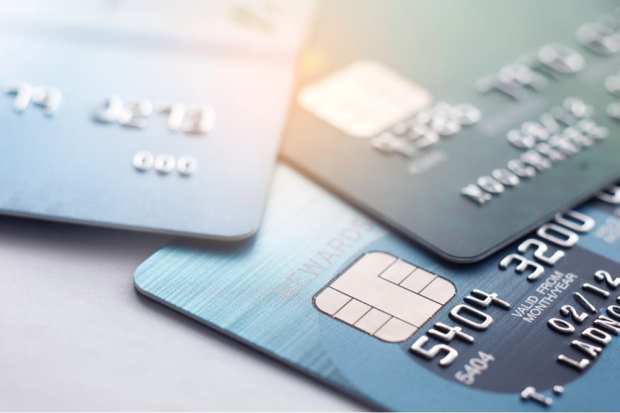Credit Card Companies Divided Over Issuing New Cards

The nation’s credit card industry is divided, Bloomberg reported, as some lenders have tightened credit lines while others are introducing new cards.
Capital One has reduced credit lines to limit its exposure to defaults, according to the report. But J.P. Morgan Chase, the nation’s largest card issuer, announced its debut of the Freedom Flex card that features 3 percent cash back on drugstore purchases, dining out or takeout and eligible delivery services, as well as 5 percent on travel.
While some credit card companies worry that millions of unemployed Americans could max out their credit and default, others see an opportunity to lure new customers who are doing well.
“They’re saying, ‘I’d rather be back in a little cautiously, rather than not getting back in at all,’” Scott Barton, managing partner at 2nd Order Solutions, a Virginia-based analytics consulting firm that advises lenders on credit risk, told Bloomberg. “It’s not a gold rush — it’s just that things didn’t get that bad.”
Despite more than 30 million Americans collecting unemployment benefits, the percentage of cardholders behind on their payments by two months or more fell to 1.4 percent in July, down from 1.6 percent a year earlier, Bloomberg reported, citing data from TransUnion, one of the country’s consumer credit reporting agencies.
Banks mailed 96 million credit card offers in July. While that number was down 68 percent compared to the same month a year ago, it’s up 69 percent from June, Bloomberg reported, citing Credit Suisse analysts.
Earlier this year, Sudhir Jha, Mastercard’s senior vice president and head of Brighterion, the artificial intelligence (AI) company owned by Mastercard, told PYMNTS traditional risk scoring models have been based on payment history and how payments may be spread across multiple cards and loans.
“How up to date you are on the payments plays a very big role in the models … and that data may not be very useful,” he said.
But the goal of an AI-driven scoring model, Jha said, should be to not just to pinpoint the risk of default, but to find customers of good standing who are in need of additional credit to get them through the pandemic.
“Some issuers are already seeing this as an opportunity because there’s going to be a lot of demand for credit,” Jha said.
